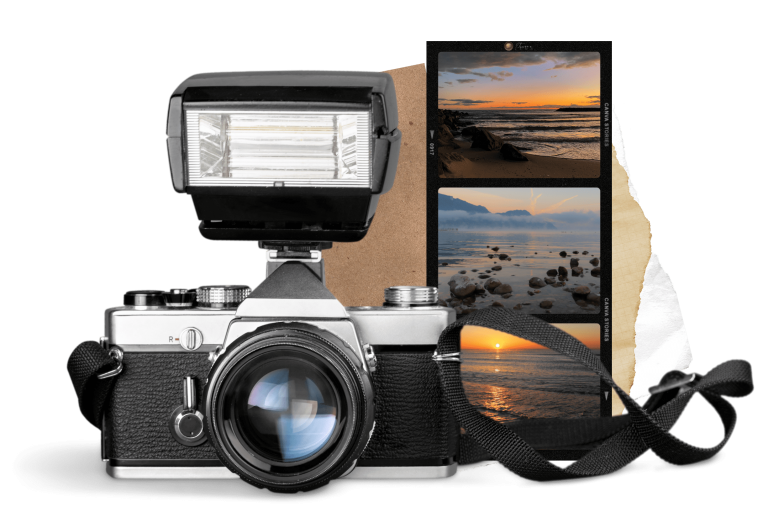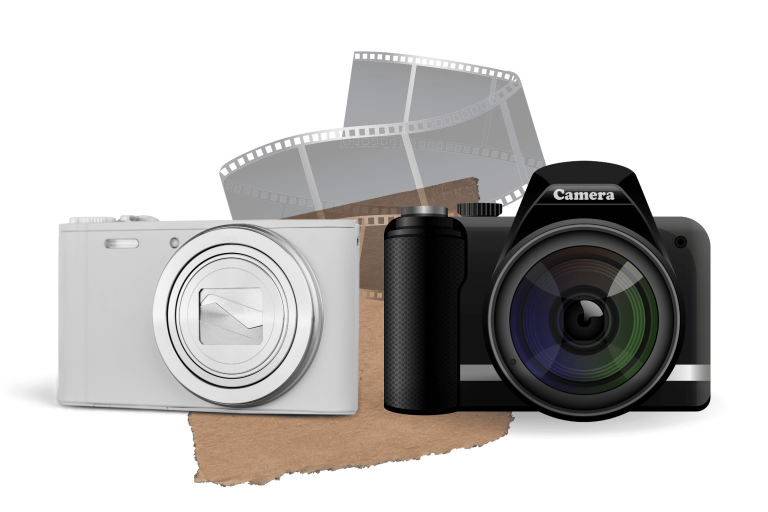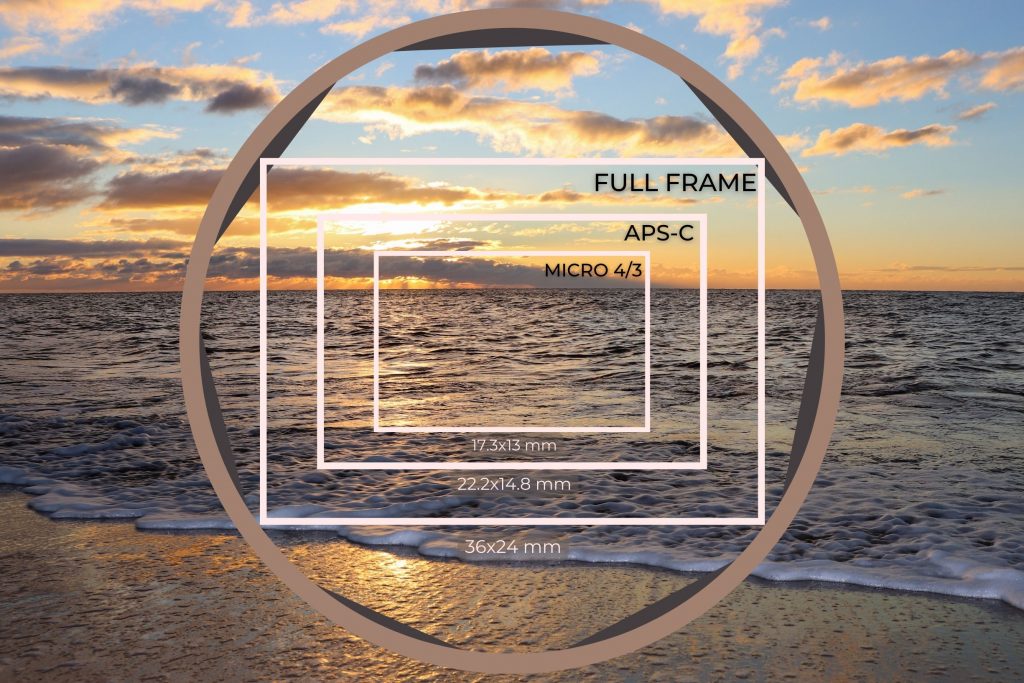
You want to get a nice camera, but selecting the perfect one is not as easy as it seems. You are swamped with different cameras and brands such as Canon, Nikon, Sony, Fujifilm… each one sounds more suitable than the other.
With so many choices, you don’t know what to choose.
In this article, I share with you a few steps to follow to successfully choose a new camera.
Defining the need
First of all, you must have identified your needs. What do you want to buy a camera for? For what type of picture?
You like nature and hiking and you want to take beautiful landscape photos? A lightweight tropicalized camera may be interesting. Or maybe you like architectural photography? In that case, you’ll need a good wide-angle lens. Does your passion lie in macro photography? To give an impressive dimension to the subjects you will have to opt for a special lens.
Indeed, in some cases, the lens is much more important than the camera!
By determining the use of the camera, you can narrow down the variety of cameras and choose only one category that will suit your daily use.
Determining a budget
Having an accurate budget is crucial. Prices for photography equipment range enormously.
The challenge is not to have the most expensive camera, but to obtain one with a good balance between quality and price. The most expensive camera is not necessarily the one that delivers the best quality, there are other elements to consider.
Moreover, it is necessary to include the price of the lens (for some cameras) which may be very expensive as well as the accessories that might accompany this new camera.
Choosing a camera type
Then, you have to select the type of camera that will perfectly suit you. Which camera to choose between a Compact, DSLR, Hybrid, and Bridge?
Let’s discover these 4 different models!

Compact
A small camera for the family or beginners.
- Very light and small: you can take it everywhere with you
- Fixed lens with zoom
- Perfect for small budgets
- Mirrorless camera
- Easy to use
- Generally, there is no manual adjustment
- Electronic viewfinder
DSLR
A DSLR viewfinder with a set of mirrors.
- Good grip
- Interchangeable lens: Requires a high-quality lens
- Very variable prices to satisfy all budgets
- Excellent reactivity
- Sumptuous quality: With mirror and large sensor
- Manual and automatic mode
Hybrid
A mixture between a compact camera and a DSLR.
- Less bulky and lighter
- Excellent image and video quality
- Interchangeable lens
- Large sensor
- Variable prices, but rather high compared to the image quality
- Mirrorless camera
- Manual and automatic mode
- Electronic viewfinder
Bridge
A larger compact.
- Small and light with large viewfinder and high quality.
- Fixed lens with zoom not interchangeable
- Mirrorless camera
- Manual and automatic mode
- Electronic viewfinder
Weight and size
For indoor photography with a camera on a tripod the high weight is not necessarily an inconvenience. However, when hiking or traveling, it is preferable to choose a lighter camera to reduce weight.
Camera Sensor
What if we talk a little technical? The camera sensor is a big part of the picture quality.
Here are the 3 main image sensors: Micro 4/3, APS-C, and Full-Frame.

Full-Frame: Due to its larger size, this sensor allows to have a shallow depth of field with a lovely blurred background, to obtain a good quality image in low light, and it also has the possibility to deliver a better dynamic range to obtain correctly exposed images even when the light is too strong.
APS-C: This sensor is slightly smaller than the full-frame and enables to take nice wide-angle pictures, but with a smaller field of view than the full-frame because there is a cropping system. The main advantages of the APS-C are its reactivity in order to make photographs in bursts faster, and the high efficiency of the autofocus.
Micro 4/3: This sensor with a size about 2x smaller than a full-frame receives less light and has a reduced angle of view which is advantageous for wildlife photography but not for landscape photography. In addition, the main advantage of this sensor is its compactness with a much lighter camera body and lens.
Video quality
One aspect that can be interesting to consider is the video quality of the camera. Almost all cameras are versatile and provide a video mode with excellent resolution.
Some are differentiated by high optical quality, excellent focus, color depth, an image sensor with adapted lenses, and great stabilization which is very important in the video (but also in photography to avoid motion blur).
PASM: Exposure Modes
The PASM modes are an essential part of the camera to fully manage and control your camera. Here is a small summary of the modes:
P (Program mode)
The camera decides which settings are best based on aperture, shutter speed and ISO sensitivity. Just like the Auto mode.
However, it is still possible to change the settings as desired.
A/Av (Aperture priority)
This allows you to control the aperture to get a properly exposed picture.
This mode is useful to adjust the depth of field and thus adjust the background blur.
S/Tv (Shutter priority)
By adjusting the speed the camera controls all other settings to achieve the desired effect.
It allows capturing a fast movement at high speed or the opposite by creating a long exposure.
M (Manual mode)
This manual mode allows you to control everything:
- Aperture
- Shutter speed
- ISO
Here are the main elements that could accompany you when buying a new camera. There’s not a perfect camera, but there is surely one that will fit you perfectly. I hope that these steps have helped you and will allow you to choose your camera without too much difficulty!
I’d love to know if it was helpful and I’ll see you soon for a new post.

Great post.